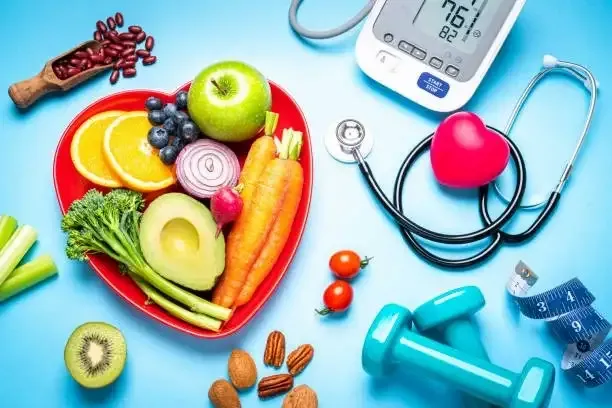
1. Dark Chocolate
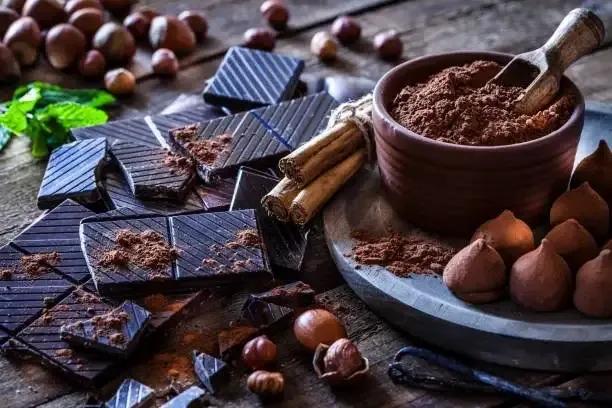
Many people will be shocked to learn that dark chocolate can reduce high blood pressure. However, the chocolate must contain at least 60 to 75 percent dark chocolate. A flavonoid called cocoa found in chocolate lowers blood pressure.
According to studies, cocoa improves the bioavailability of nitric oxide and activates it. Because fewer plaques grow in the blood arteries, the vessels are widened, which lowers blood pressure.
Around 10 g of dark chocolate per day is the recommended daily intake.
However, make sure the chocolate you consume has a high cocoa content and little sugar or fat.
2. Bananas

These easily transportable fruits have a low salt content and are a rich source of potassium, which can help decrease blood pressure.
You could require more potassium if you’re on certain blood pressure medications. It’s also possible that some people’s diets naturally lack it. The muscles and heart rate are impacted by a potassium deficiency.
Additionally rich in fibre, bananas fill you up.
Slices of banana can be added to cereal or your preferred fruit salad to increase the amount of bananas in your diet. Alternately, try grilling or sautéing banana halves, then serving them with a small serving of frozen yoghurt on top.
3. Leafy greens

Your favourite salads may help you lower your blood pressure and protect your heart in part because nitrate, a chemical that aids in blood vessel opening and closing, is present in several of them. According to a research in the European Journal of Epidemiology, those who consumed the most vegetables high in nitrate had systolic blood pressure that was on average three points lower than those who consumed the least. The risk of acquiring cardiovascular disease was then compared between persons who consumed roughly 60 milligrammes of nitrate from vegetables per day and those who consumed less throughout the course of the subsequent 23 years. The most nitrate-rich vegetable consumed by participants was lettuce. According to the experts, eating around a cup of green leafy vegetables every day may be sufficient to lower the risk of cardiovascular disease.
4. Green tea
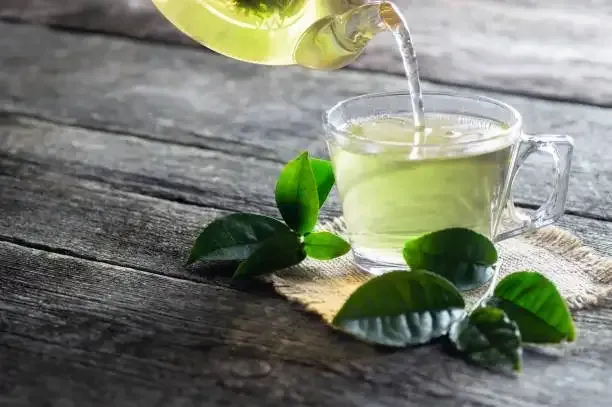
You could find that drinking tea lowers your blood pressure and helps you relax. According to a review of studies in the journal Complementary Therapies in Medicine, consuming three to four cups of tea each day, especially green tea, may lower systolic and diastolic blood pressure by roughly 3.5 points and a point, respectively. According to the researchers, tea’s antioxidants may lower blood pressure in a variety of ways, including by increasing nitric oxide’s bioavailability to widen blood vessels, suppressing a hormone system known to cause blood pressure increases, and reducing inflammation.
5. Beetroot
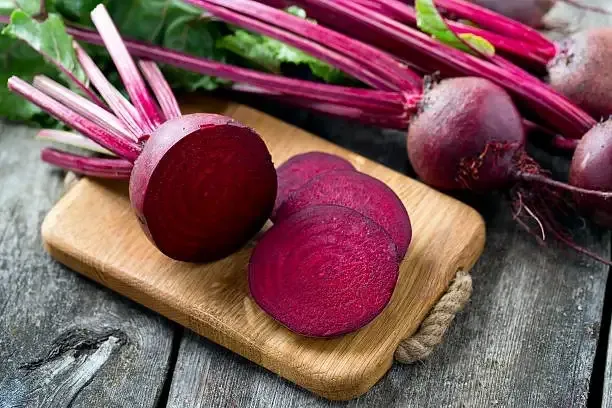
Beetroot is also known as “beet” in some parts of the world. This tuber is beneficial to the heart. This is so because beetroots contain nitrate, which your body transforms into nitric oxide. Nitric oxide relaxes the smooth muscles of the heart and functions as a vasodilator.
A vasodilator lowers blood pressure by expanding blood arteries to relieve pressure on them. Nitrates are present in both the raw and cooked forms of the vegetable beetroot.
500 ml of beet juice daily, according to research, may help decrease blood pressure.
6. Oats
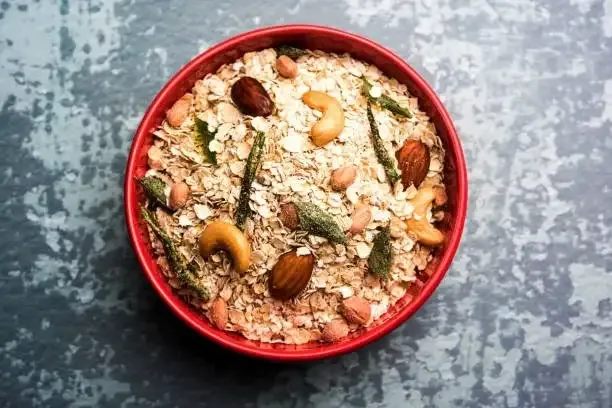
Soluble fibre and magnesium are two minerals abundant in oats that lower blood pressure. While soluble fibre safeguards your blood vessels by lowering levels of harmful cholesterol, magnesium aids in blood vessel relaxation.
The fatty plaque grows and becomes harder as cholesterol deposits accumulate in your arteries. Both modifications impair the artery’s health and raise blood pressure.
Additionally, soluble fibre aids in maintaining normal blood sugar levels. Due to the excess sugar’s ability to prevent nitric oxide generation, high blood sugar causes hypertension.
![1_xDTlqaNCZkqdWt0ORye9-g.webp]